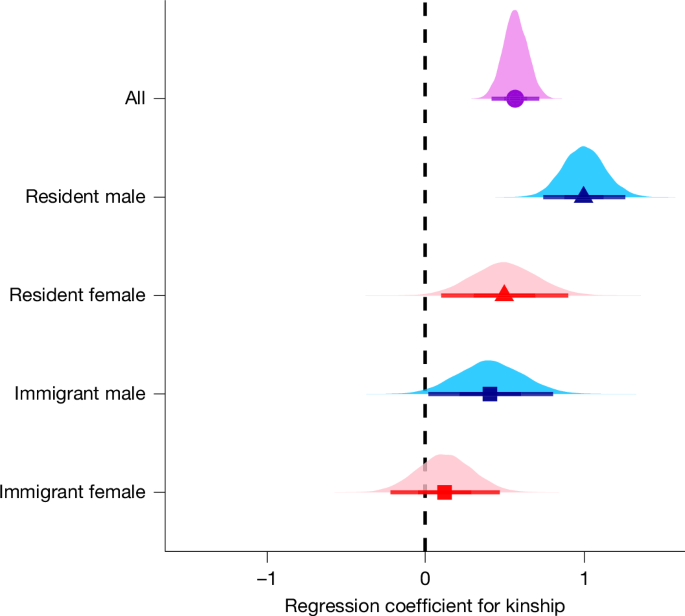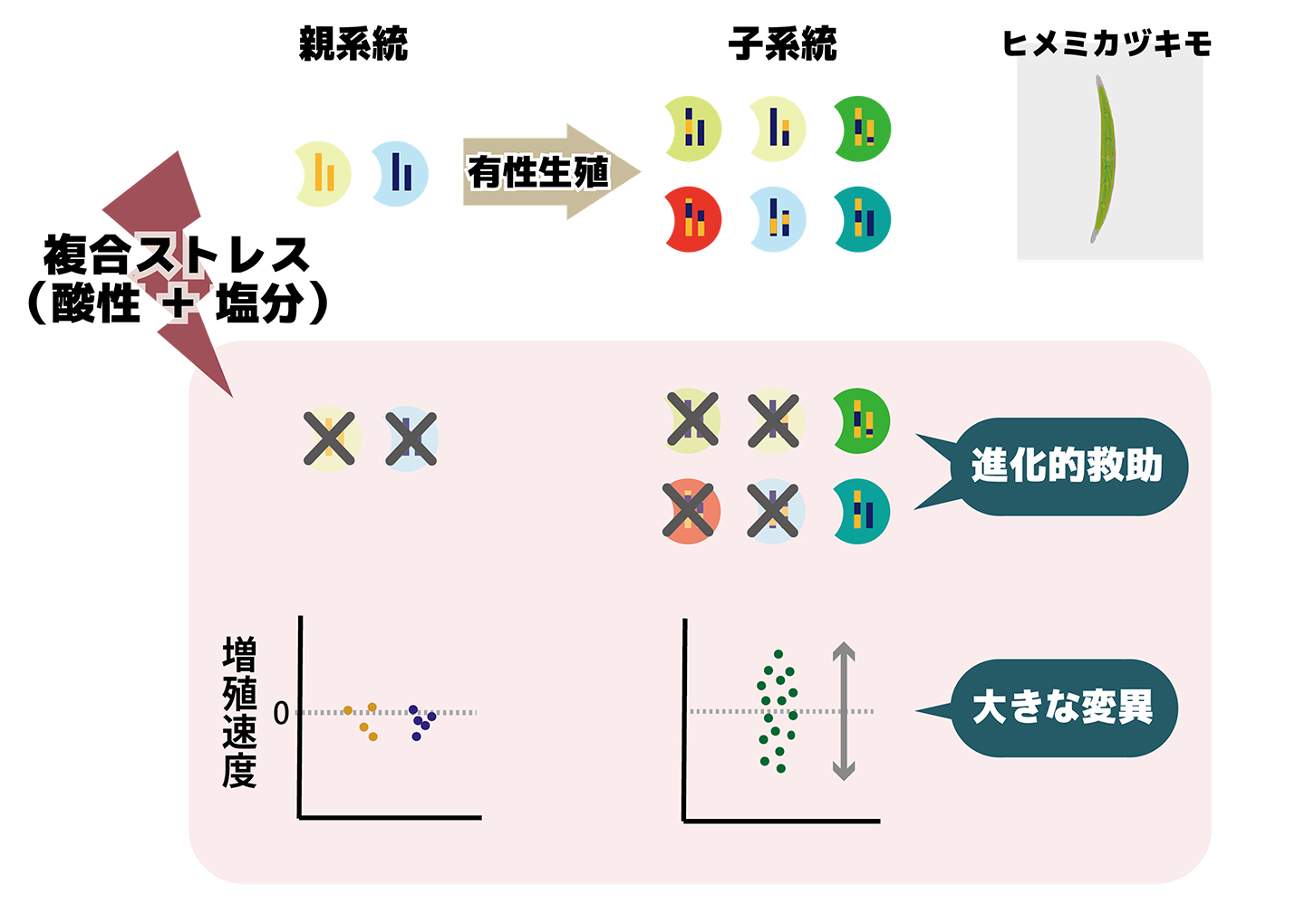2025-05-07 ワシントン州立大学 (WSU)
<関連情報>
- https://news.wsu.edu/press-release/2025/05/07/paper-sensors-and-smartphone-app-monitor-personal-smoke-exposure/
- https://pubs.acs.org/doi/10.1021/acsami.5c02147
メソポーラスPd@Ptナノ粒子ラベル/ラテラルフロー免疫アッセイと3Dプリントスマートフォンリーダーとの統合による木材煙バイオマーカーの検出 Mesoporous Pd@Pt Nanoparticle Label/Lateral Flow Immunoassay Integrated with a 3D-Printed Smartphone Reader for Detection of Wood Smoke Biomarkers
Zhansen Yang,Xinyi Li,Yonghao Fu,Yang Song,Christopher D. Simpson,Luke P. Naeher,Yuehe Lin,and Dan Du
ACS Applied Materials & Interfaces Published: May 2, 2025
DOI:https://doi.org/10.1021/acsami.5c02147
Abstract

Wood smoke exposure poses significant health risks, particularly in occupations such as firefighting, where short-term exposure to high levels of pollutants is common. The biomonitoring of wood smoke-associated biomarkers is crucial for assessing human exposure. S-phenylmercapturic acid (S-PMA), a key metabolite of benzene, has been widely used as a reliable biomarker for this purpose. However, current S-PMA detection methods lack the speed, portability, and user-friendliness required for widespread, on-site applications. In this study, we propose a novel detection system that integrates mesoporous Pd@Pt nanoparticle-mediated lateral flow immunoassay (LFIA) with a 3D-printed smartphone-based reader for detecting S-PMA. Performance testing with S-PMA in phosphate-buffered saline and spiked urine samples yielded limits of detection of 0.5 ng/mL and 2.5 ng/mL, respectively. The use of mesoporous Pd@Pt nanoparticles as signal amplifiers for LFIA, along with the integration of a 3D-printed device for accurate image acquisition, significantly enhanced the system’s sensitivity, achieving detection limits well below the threshold recommended by the American Conference of Governmental and Industrial Hygienists. With remarkable stability and reproducibility, our method provides a noninvasive, highly sensitive, rapid, portable, low-cost, and user-friendly solution for the on-site assessment of wood smoke exposure in occupational settings, laying the foundation for future innovations in real-time environmental exposure monitoring.


